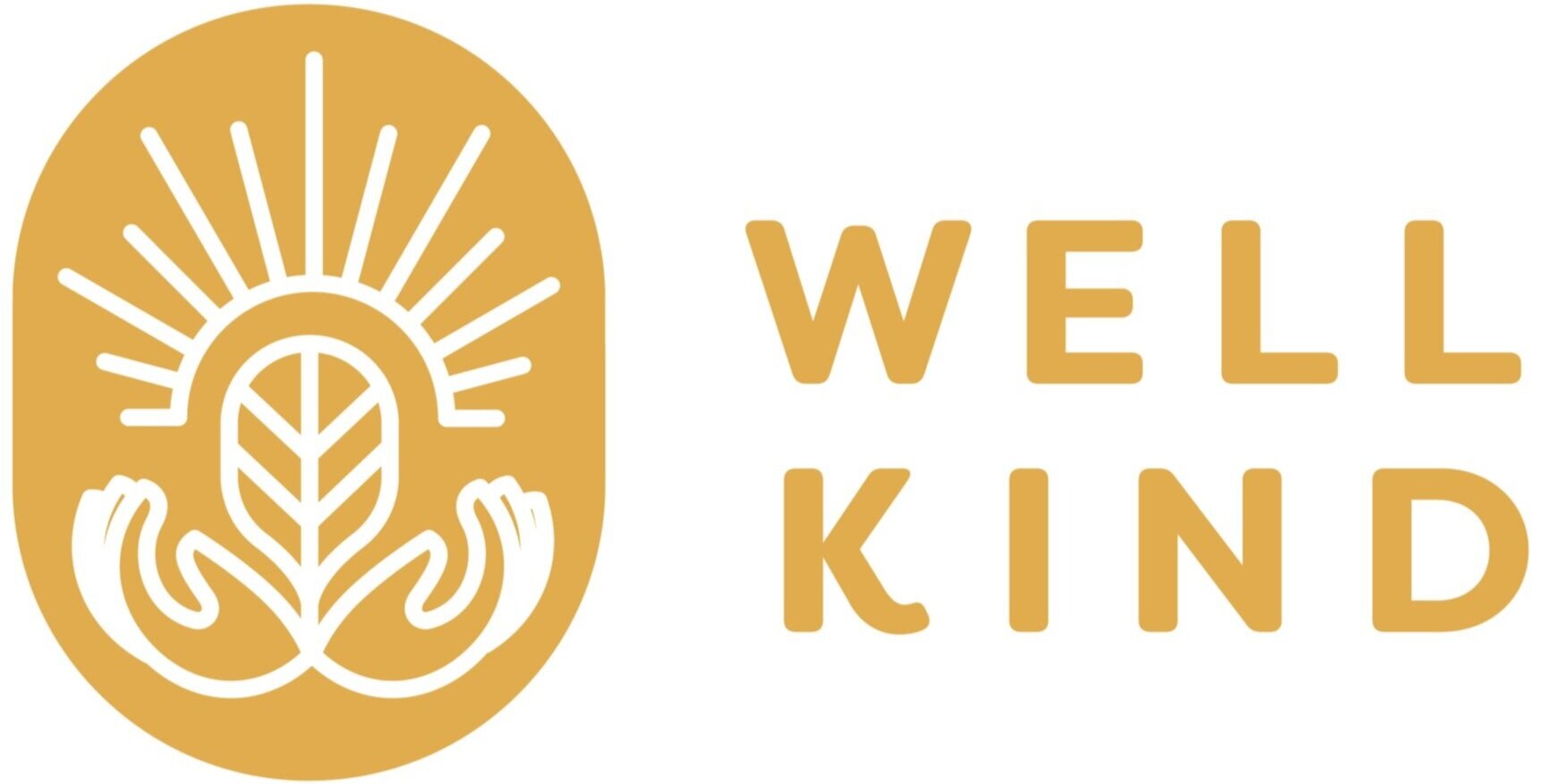Why Do Ancient Trees Sequester More Carbon Than Younger Ones?
By Louise McGuiness, WellKind Forestry Intern
Louise McGuiness was an intern for WellKind Forestry during our fall 2022 session, exploring the power of ancient trees and other environmental topics.
Did you know that trees remove 2.4 billion metric tons of carbon from the atmosphere every year (Kintisch, 2015)? Not only do forests sequester and store carbon, but they also provide a huge array of indirect benefits, including conserving water, preventing soil erosion, and reducing natural disasters such as landslides and avalanches (The Nature Conservancy, 2020).
However, as the impacts of climate change and other human activities become more and more severe, we must learn how best to protect forests so that they continue to sequester carbon. Understanding forests is the most important part of learning how to protect and maintain them, which is why scientists and researchers have arrived at an essential question: Why do old growth forests sequester more carbon than newer forests?
Carbon sequestration is an extremely complex process that can be easily disrupted by human activity and other environmental changes. Trees sequester carbon dioxide from the atmosphere as part of photosynthesis, a process that all plant life must undergo in order to make glucose, their equivalent of food (Lambers, 2022). In order for plants to conduct photosynthesis properly, they take in carbon dioxide from the air to make glucose (Lambers, 2022). This is why all plants, no matter their size or age, sequester some carbon in their biomass (Jansson et al., 2010).
A forest's ability to sequester huge amounts of carbon is essential to putting a stop to the effects that greenhouse gasses have on the environment. One study found that plants on land take up more than 25% of the carbon dioxide that humans release into the atmosphere (Riebeek, 2011). Carbon sequestration is a hugely important process that must be protected if we want any hope in reversing the severe impacts of climate change.
Although it is well accepted that trees sequester huge amounts of carbon annually, new studies suggest that ancient forests actually take in far more carbon than newly planted or young trees. One study even suggests that 70% of all the carbon stored in trees is accumulated in the last half of their lives (Kachur, 2017).
This is a relatively new idea, and scientists are not entirely sure of why this occurs, but researchers have a variety of theories that attempt to explain this phenomenon. Some believe that older trees sequester more carbon because they are taller and can reach the top of the canopy where there is more consistent access to sun, while others believe that younger trees take in less carbon because they are more vulnerable to changing environmental conditions (Stecker, 2014). Whatever the reason is, these studies suggest that old growth forests may be the key to protecting the planet from the far-reaching impacts of climate change.
So how does this information help us protect the climate? Knowing that older trees sequester much more carbon than younger trees, it is clear that instead of using time and resources to plant new trees, we should be trying to protect our old growth forests. However, how we manage forests is not the only human activity impacting how much carbon forests sequester. Destructive human activities such as deforestation all cause stored carbon to be released from forests and prevent forests from sequestering more of it.
Forests, especially old growth ones, play a huge role in protecting the environment from climate change. We have the ability to help and defend them from the rapidly changing conditions that impact them. For example, you can help trees in your own backyard by testing soil health, fertilizing the soil to replace missing nutrients, and watering trees in times of drought. So how will we use this knowledge to make the environment a cleaner place for humans, plants, and animals?
Reference List
Kintisch, E. (2015). “Amazon rainforest ability to soak up carbon dioxide is falling.” Science. Science. https://www.science.org/content/article/amazon-rainforest-ability-soak-carbon-dioxide-falling#:~:text=Forests%20play%20a%20crucial%20role,a%20quarter%20of%20that%20total
The Nature Conservancy. (2020). “6 Ways Trees Benefit All of Us.” The Nature Conservancy. The Nature Conservancy. https://www.nature.org/en-us/what-we-do/our-priorities/build-healthy-cities/cities-stories/benefits-of-trees-forests/?gclid=Cj0KCQiAyracBhDoARIsACGFcS4c6u2q0KNhh_QF60g7e29PUF4iuUctmi9uonfeY4n7VUNhwqXDxlgaAq5lEALw_wcB&gclsrc=aw.ds\
Lambers, H. (2022). “Photosynthesis.” Britannica. Encyclopedia Britannica. https://www.britannica.com/science/photosynthesis
Jansson, C., Wullschleger, S., Kalluri, U., Tuskan, G. (2010). “Phytosequestration: Carbon Biosequestration by Plants and the Prospects of Genetic Engineering.” BioScience. https://academic.oup.com/bioscience/article/60/9/685/237929
Riebeek, H. (2011). “The Carbon Cycle.” NASA. National Aeronautics and Space Administration. https://earthobservatory.nasa.gov/features/CarbonCycle
Kachur, T. (2017). “As trees age, their climate benefit grows.” CBC. Canadian Broadcasting Corporation. https://www.cbc.ca/news/canada/how-old-trees-help-climate-1.4252888#:~:text=The%20study%20found%20that%20the,last%20half%20of%20their%20lives.
Stecker, T. (2014). “Old Trees Store More Carbon, More Quickly, Than Younger Trees.” Pacific Forest Trust. Pacific Forest Trust. https://www.pacificforest.org/ee-old-trees-store-more-carbon-more-quickly-than-younger-trees/


